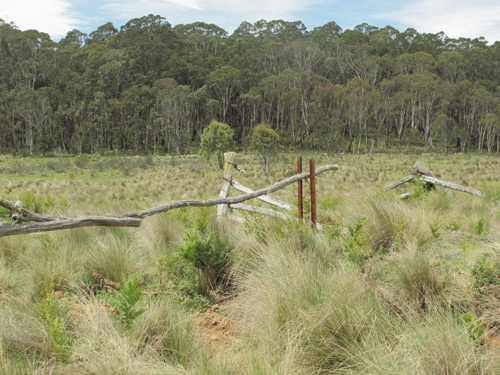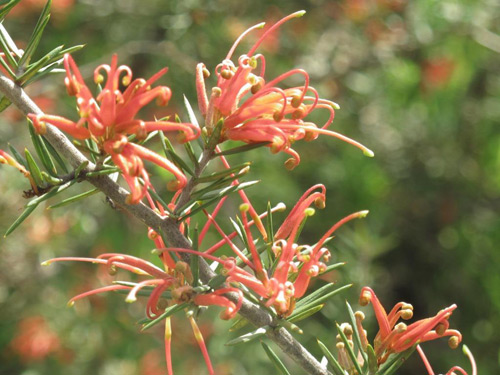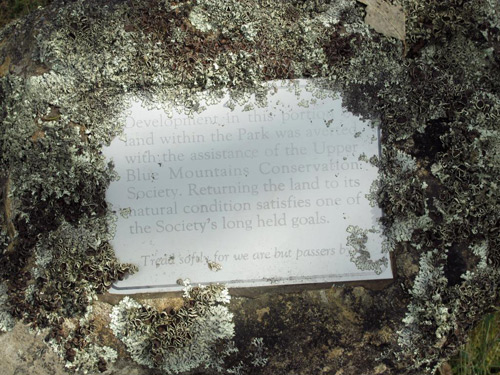The mid 1970’s was a pivotal era for the beautiful Boyd Plateau, now part of the Kanangra-Boyd Wilderness Area. A proposal emerged for a 2000 hectare pine plantation which would have destroyed the last sub-alpine forest in Central NSW (source: Colong Foundation website). After a public campaign, investigations by the State Pollution Control Commission, with input from the Colong Foundation, led to the sparing of the native forest in 1975.

In 1994, as the National Parks and Wildlife Service sought to buy out agricultural inholdings on the Plateau, the Upper Blue Mountains Conservation Society, a predecessor to Blue Mountains Conservation Society, made a major financial contribution.

Today the integration of the Budthingaroo pastoral lands into the surrounding forest is gradually continuing. Lichen encrusts the small plaque about 300 metres from the Kanangra Walls Road which acknowledges the Society’s donation. Red Grevillea plants and many other natives dot the remaining pastures.

“Development in this portion of land within the Park was averted
with the assistance of the Upper Blue Mountains Conservation Society.
Returning the land to its natural condition satisfies one of the Society’s long held goals.
Tread softly for we are but passers by.”
On a recent visit, Society members disturbed mobs of Eastern Grey Kangaroos, observed migrating white butterflies, and trod carefully around a newly dug wombat burrow. It was a time to feel truly grateful to the past activists from Upper Blue Mountains Conservation Society and the Colong Foundation as well as the officers from National Parks and other state government bodies who envisaged an intact wilderness surviving for generations on the plateau.
© Don Morison
